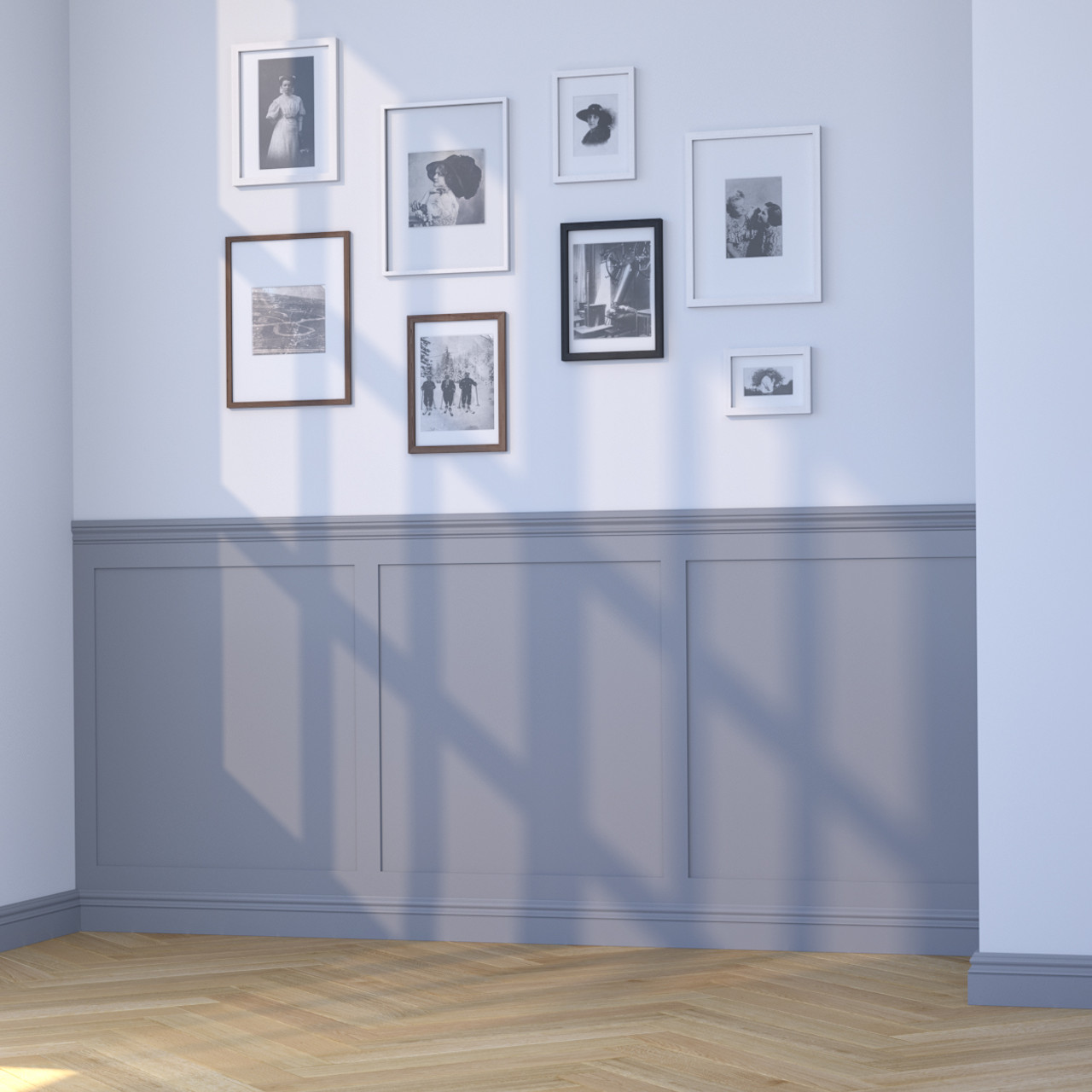
Wall panelling has long been a favored design in inside computer architecture, transcending trends and styles. Its power to raise esthetics, ameliorate acoustics, and add warmness to a room makes it a varied choice for homeowners and designers likewise. This clause explores the various types of wall paneling, their benefits, and tips for incorporating them into your home.
The History of Wall Paneling
Wall paneling dates back centuries, originating as a substance of insulant in draughty homes. In medieval Europe, woody panels were used to cover walls and improve thermic console. Over time, pane evolved into a nonfunctional feature, with complex designs and craftsmanship becoming hallmarks of feeder homes. Today, paneling cadaver nonclassical not only for its utility benefits but also for its power to metamorphose spaces.
Types of Wall Paneling
1. Wood Paneling
Wood paneling is perhaps the most classic form, providing a rich, organic fertiliser texture to any room. Available in various finishes, from svelte oak to countryfied pine, wood panelling can suit both traditional and coeval designs. Tongue-and-groove boards, shiplap, and beadboard are common styles that can create different ocular effects.
2. MDF and Engineered Panels
Medium-density fibreboard(MDF) and other engineered panels volunteer a cost-effective choice to solid state wood. They are available in a straddle of finishes and can be piebald or stained to pit your interior decoration. These panels are jackanapes and easy to establis, making them a popular selection for DIY enthusiasts.
3. Vinyl and PVC Panels
Vinyl panelling is a realistic choice for areas unerect to wet, such as bathrooms and basements. Easy to strip and resistant to water , vinyl group panels come in a variety of designs that mimic the look of wood or pit without the associated sustainment.
4. Stone and Brick Paneling
For a more dramatic set up, stone or brick pane can add a rustic or industrial flair to your interiors. These materials produce a hitting point target and are often used in sport walls, fireplaces, or stress areas.
Benefits of Wall Paneling
Aesthetic Appeal
Wall panelling adds depth and to any room. Whether you select a sleek Bodoni font look or a cozy cottage vibe, paneling can transfer the ambience of a quad.
Improved Acoustics
Paneling can help take over vocalize, making it an excellent option for home theaters or music suite. By adding a level of material, tongue and groove can reduce echo and produce a more nice modality environment.
Easy Maintenance
Many types of pane are easy to strip and exert, especially vinyl and engineered options. Regular dusting or wiping with a damp cloth is often adequate to keep them looking ne.
Insulation
Wall paneling can cater an additive stratum of insulating material, serving to keep your home warm in overwinter and cool in summer. This can lead to vim savings over time.
Incorporating Wall Paneling into Your Home
When considering wall pane, think about the overall title of your home. For a cohesive look, take colours and finishes that present furniture and decor. You can use pane as a boast wall or in junction with other plan like wallpaper or paint.
Experiment with different patterns and layouts to find what resonates with your personal title. From upright lines for a coeval feel to crosswise shiplap for a laid-back, coastal vibe, the options are nearly endless.
In ending, wall pane is a unchanged plan option that offers both peach and functionality. Whether you rsquo;re renovating a one room or your stallion home, consider incorporating paneling to raise your space and make a stable impression.
nbsp;